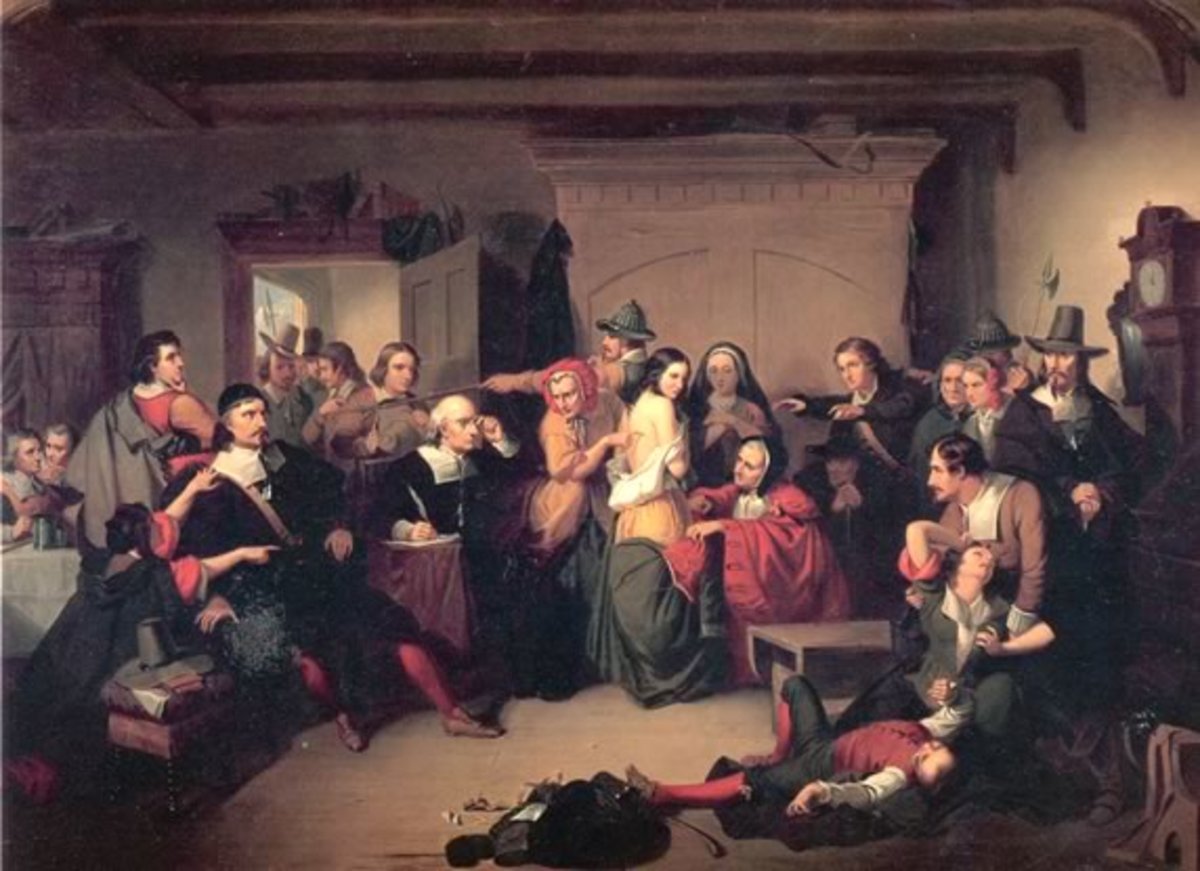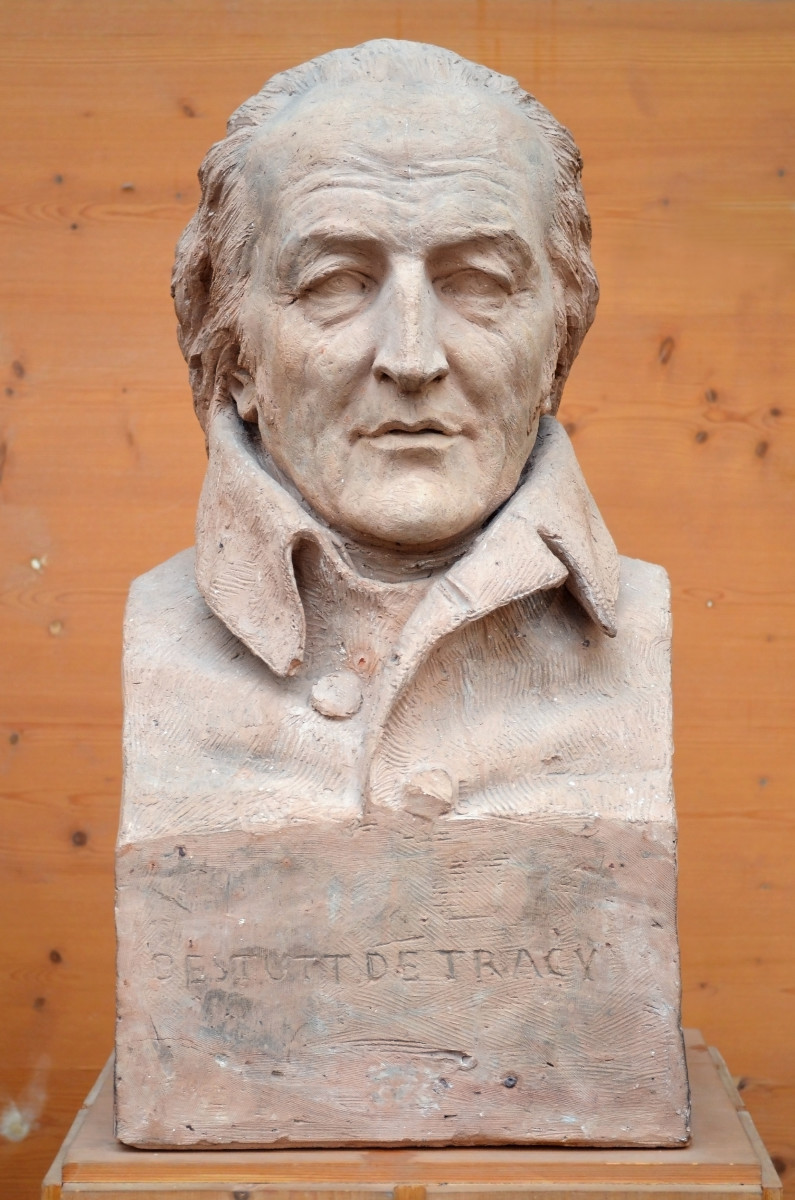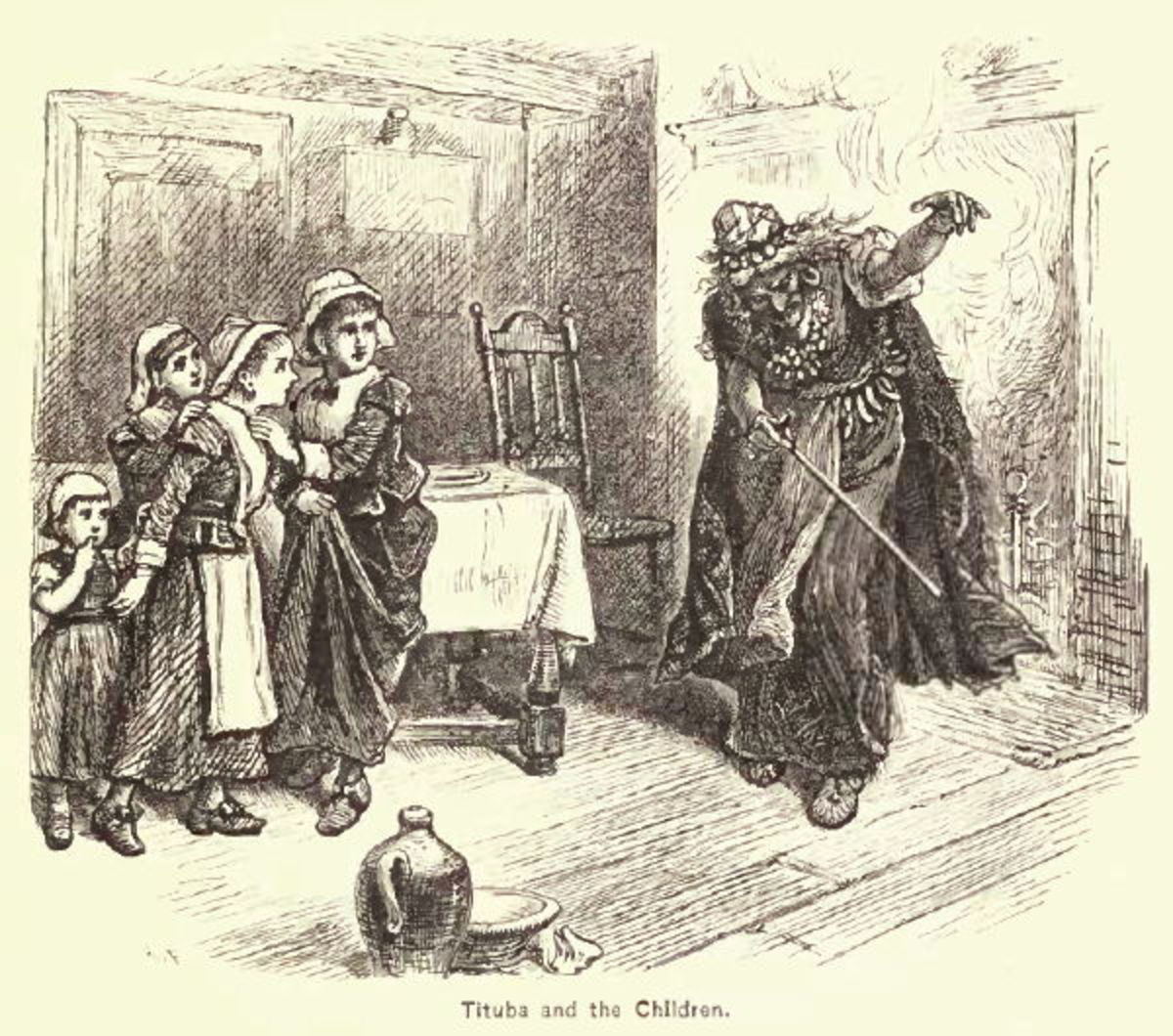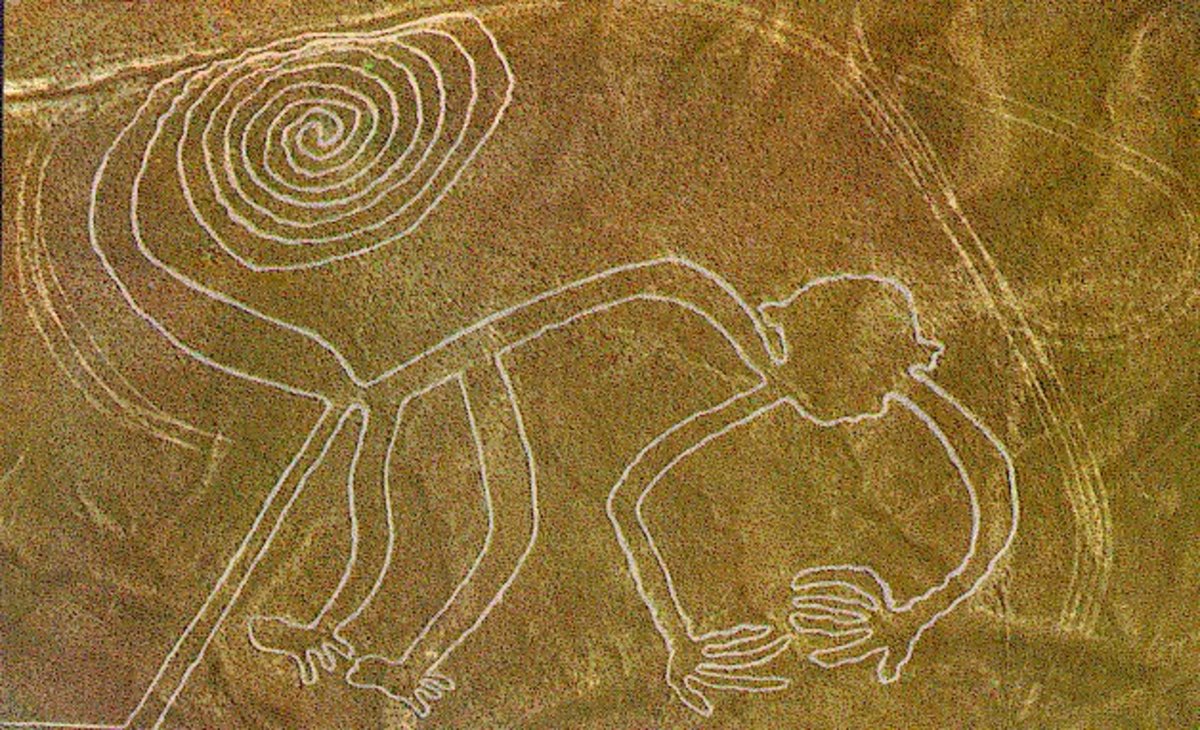An Image of Self Though Time

A journey through history is a journey through time, in which everything is in a constant state of motion. Ideas and the way that they are perceived differ from one generation to the next. These changes can be view by simply opening an old book or inquiring about the past. These ideas and concepts can never be lost to use as individuals because they are readily within our grasp, yet this was not always true. The whole idea of the individual in today’s society is vastly different from the past. In today’s society the individual is very important. People in the U.S are governed by what they want, what they can accomplish, and what makes them happy. Many people are use to this mentality. Therefore, it is hard to imagine what it was like in the past for individuals. One thing that must be understood is the fact that individualism is often influence by a person’s surrounding. In the United States a person’s life is often the result of their individual accomplishments. People have to climb the ladder of success in order to get the best jobs and live a life of luxuries. These are many of the things that people of this era aim for, but people in the past had different mind sets and goals. So, what was the life for an individual like in the past? The life of an individual in the past can be broken into four different eras up to the 20th century; the Puritan era, where the individual was influenced by religion, the Age of Reason, with the individual influenced by reason and knowledge, the Romanticism Era, with the individual self being encouraged, and the Realism era, with the view that society destroys the individual.

The Puritan Era
During the Puritan Era, the individual was governed by religion. The Puritans had fled England in search of religious freedom. Their search eventually led them the New World. Under the direction of William Bradford, the Puritan settled Plymouth, were they survived a harsh winter. They were mainly able to do this because the Puritans were very concerned for the common good. Bradford wrote that “… there was but six or seven sound persons who... spared no pains… but with an abundance of toil and hazard to their health… did all the homely and necessary for them… [who] could not endure…,” and it was through sacrifices such as these that the Puritan survived were others would have failed. The Puritans were deeply religious, and they believed in concepts such as the Covenant of Grace, that forgiveness and salvation are gifts, Pre-Destination, the belief that God had already chosen who would get into heaven and who would not, and Divine Intervention, that God intervenes in life on Earth. If life was going well for a Puritan, then that Puritan would believe that God was giving him a sign that he was in God’s grace. But if a Puritan were to have a bad harvest or an accident, then he may believe that it was a sign of displeasure and that he was not going to go to heaven. The Puritans also believed that it was their duty to spread their Puritan religion, and they were not tolerant of other religious. Due to their beliefs, the Puritan often spent most of their time trying to gain God’s grace.
The Puritans and Individuality
The Puritans were so concerned with their religion that the individual was pushed to the background. The Puritans were so focused on pleasing God that they did not have the time, or the opportunity, to develop individuality. In a time based solely on religion there was not a lot to be individual about. The Puritans followed society to the norm, and anyone that was seen as different often meet with criticism. Jonathan Edwards, who was a religious preacher, said, “...you hang by a slender thread, with the divine wrath flashing about it, and ready every moment to singe it, and burn it asunder...” He was preaching that one wrong step from God’s good grace could end up with a plunge into hell. Edward’s “preaching of terror” encourage Puritans to become even more set on the norm. To be an individual is to be different from all others, yet to the Puritan to be different could be dangerous. The simple act of being an herbalist could lead to accusations of witchcraft. Anne Hutchinson was driven out of Boston due to her belief that a person could get to heaven on faith alone. Roger William was banished to Rhode-Island due to his religious beliefs as well. During the Puritan era everyone followed the norm, and if a person were to stray from the norm, they became an outcast.

Into the Age of Reason
The Age of Reason brought about a vastly different idea of the individual. The Age of Reason was a mid to late eighteenth-century movement which followed hard after the mysticism, religion, and superstition of the Puritan Era. The Age of Reason represented a genesis in the way man viewed himself, the pursuit of knowledge, and the universe. In this time period, man’s previously held concepts of conduct and thought could now be challenged verbally and in written form; fears of being labeled a heretic or being burned at the stake were done away with. This was the beginning of an open society where individuals were free to pursue individual happiness and liberty. Politically and socially, the imperial concepts of the medieval world were abandoned. The Age of Reason included the shorter time period described as the Enlightenment; during this time great changes occurred in scientific thought and exploration. New ideas filled the horizon and people were eager to explore these ideas, freely. The American Revolutionary War also took place during this time, and it was due to these new views of self that Americans were able to start the war. Patrick Henry took his stand by stating, “I know not what course others may take; but as for me, give me liberty, or give me death.”
The Enlightenment and a New Sense of the Individual
The Age of Reason invoked a new sense of self. The Enlightenment, which was part of the Age of Reason, had a great impact on how an individual regarded himself. The German philosopher Immanuel Kant defined Enlightenment this way, “Enlightenment is the liberation of man from his self-caused state of minority. Minority is the incapacity of using one’s understanding without the direction of another. This state of minority is self-caused when its source lies not in a lack of understanding but in a lack of determination to use it without the assistance of another.” People were becoming more knowledgeable, and through this knowledge people became more individual. People were able to form their own individuality through their academics and innovations. When people no longer look to others for assistance, they will form their own ideas, and find new ways to achieve results. Benjamin Franklin was a great individual of this time. During his life he made thousands of inventions, and helped win American independence. The Revolutionary War itself was a show of individuality. The Americans no longer wanted to be ruled by England. They put it upon themselves to break away and become independent from England. And independence is the basis of individuality, because, in truth, people cannot have a great sense of individualism if they rely on others for all the right answers, and throughout the war American relied on themselves to make a difference. The end of the war brought with it an even greater sense of individualism. Because Americans were no longer dependent on England, they were able to become their own unique country and with the Revolution at an end Thomas Paine wrote, “The times that tried men's souls are over-and the greatest and completest revolution the world ever knew, gloriously and happily accomplished.” Americans were able to gain their freedom, and with this freedom came a new sense of self.

The Romantic Error and Inner Self
The Romantic Era seemed to be a direct result of the Age of Reason. The view of the individual during this time was more about the inner self and self reflection. Whereas the Age of Reason put an emphasis on the intellect of an individual, the Romanticism Era stressed strong emotion, imagination, and freedom within. This Era saw an overturning of previous social conventions, particularly the position of the aristocracy. It followed the Enlightenment period and was in part inspired by a revolt against aristocratic social and political norms from the previous period, as well as seeing itself as the fulfillment of the promise of that age. The Romanticism Era put an emphasis on a love of nature, and expression of self, often times through art, literature, and architecture, and a dislike of civilization. Many people would turn to nature for inspiration for their work; this can be seen in many paintings of the time. People were more apt to express themselves in their work. Literature took a turn to a more naturalistic look, with a character often taking a journey, having a love of nature, and a dislike for civilization. A gothic element entered into much of the architecture of the time. A large aspect of this era was the strong dislike of the aristocratic society and many of the view that came out of the Enlightenment. Imagination was embraced over reason and thinking that was a part of the new science. Thoreau, in his journals, embraces science, but believes that one can only truly appreciate something when one “forget[s] all [their] learning and get[s] rid of what is called knowledge.”
The Romantic Era saw a different kind of individual emerge. The individual was not solely about what one could invent or reason about due to obtained knowledge. The individual of this time was all about personal self and emotion. People could freely express themselves in works of fiction. Ralph Emerson believed that, in nature, people could express themselves without society paving their way. He wrote that, “in the woods we return to reason and faith.” Nature was the key to escaping the norm of society that people were pulled into. Self-reliance was another factor of the Romantic individual. Individuality was seen as gained by self learning, not by what was imposed upon an individual. Emerson wrote that, “the great man is he who in the midst of a crowd keeps with perfect sweetness the independence of solitude.” To have individuality was to apart from the norm. Art took the individual on a new path. Art was filled with emotion, and it diverted from traditional styles. Many pieces of art portrayed landscape and traditional scenes that were unique to America. This showed American art and life to have its own individuality then that of European art. The individuals of the Romantic Era rejected the aristocracy and enlightenment, and instead embraced their emotions, imagination, and freedom of self.
Realism: The End of Romance and the Beginning of Reality
The Realism Era saw a digression in the importance of the individual. The Civil War took place during this time. The Civil War divided the Northern states against those of the Southern Confederacy. Brothers were pitted against brothers when people were forced to take sides over the preservation of the Union. The issue of slavery came to the forefront during the war when Abraham Lincoln signed the Emancipation Proclamation in 1863, thus freeing all the slaves. Slavery has always been an issue, but now something new was being done about it. Slaves were not often seen as individuals by white Americans and this is extremely evident during this time. When Frederick Douglass wrote, “We were both victims to the same overshadowing evil—she, as mistress, I, as slave,” he is expressing how society depicted how slaves were to be treated. Slaves were seen as one and the same, and slaves owners were to treated them a curtain way. This became the norm and many suffered because of it. After the Civil War, the Reconstruction of the South was the upmost on peoples’ minds, and along with it the question of the legal status of the newly freed slaves. This War and its aftermath forced people to make very pressing decisions. And due to this, American were pulled out of their sense of Romanticism and thrown into reality. People could no longer live a life of imagination and emotion when the reality of war and change smacked them in the face. Americans put their imagination on hold to focus on the more pressing issues.
Realism leads to a Decrease in the Individual
During the Realism Era the individual was being destroyed by society. The Civil War is uppermost to blame for the decrease in individuality. When Americans were forced to pick sides in the war, they became completely engrossed in the norm of society. The American life was no longer about innovation and imagination; rather, it was about choosing sides and arguments. In the North the rationality was all about preserving the Union while in the South it was a preservation of slavery and the southern way of life. Thousands of soldiers on both sides died and the concept of this war turned pessimistic. When men go to war they are no longer individuals, they are just another soldier who will soon join the ranks. When Walt Whitman asks himself, “Who are you my dear comrade...Who are you sweet boy with cheeks yet blooming?,” it shows how little the individuality of a person mattered. In war on dead soldier was much the same as the next. Often times this detachment from emotional bonds is required during war in order to stay sane amid the bloodshed. Another issue that arose during this time was that of the position of slaves. The issue of slavery and the rights of the newly freed slaves caused Americans to yet again, choose sides. Slaves were never really seen as individuals by white American, and during the war they still remained as the moral issue of slavery over themselves as individuals. It seems during this era in history that the individual was not nearly as important as the whole, and this is often very true during times of war and great change. The arts took up the idea of realism in their work. Artist started to paint real everyday scenes, without disillusion. Literature started to show truthful treatment of material over that of imagination. In books such as “Huckleberry Finn,” the treatment of African Americans during this period was not downplayed for the readers benefit. When individuals are faced with war and a changing society, they are often pulled right back into the norm. This era saw the individual pushed assist while more pressing issues took the forefront.
The Forever Change of Self
The individual self will forever change, and this change coincides with the change of human societies. The Puritan Era and its heavy reliance on religious beliefs had no room for the individual. Everyone followed a set of moral standards were individuality was not welcome. Often, individuals during this time were named heretics. The emergence of the individual was not readily seen until the Age of Reason. The Age of Reason, with its Enlightenment period, created a desire for knowledge, both new and old. Since reason and science often require innovation and creative thinking, the door to individuality was opened. People were able to gain new heights through their individual accomplishments. These accomplishments in science soon took a different turn. Individuals soon turned their new creative ideas and applied them to the arts in a more romantic sense. These new ideas gave way to Romanticism. The Romantic Era seemed to give more depth to the individual. Emotions and imagination were dominating over the reason and logic that can with the Age of Reason. Literature took a turn to fiction and often include nature as a key element. The Industrial Revolution, during this age, opened up jobs and people were living relatively peaceful lives. Without any drastic changes American were able to let their imaginations expand, at least until the start of the Civil War. The Civil war torn the individual apart when it forced people to take sides. Individuality was not as important as the preservation of the union. The arts took to the realistic sense rather than one of strong emotion, and it was due to these changes that the Realism Era emerged. Throughout these four Eras there is change in the individual. Most of the change is due to the alternation in the society caused by dramatic events. During times of war the individual went through transitions, and during times of peace and prosperity the individual was, yet again, embraced by society. Individualism will always be present, but it is how society acts toward the individual, that will forever change.








